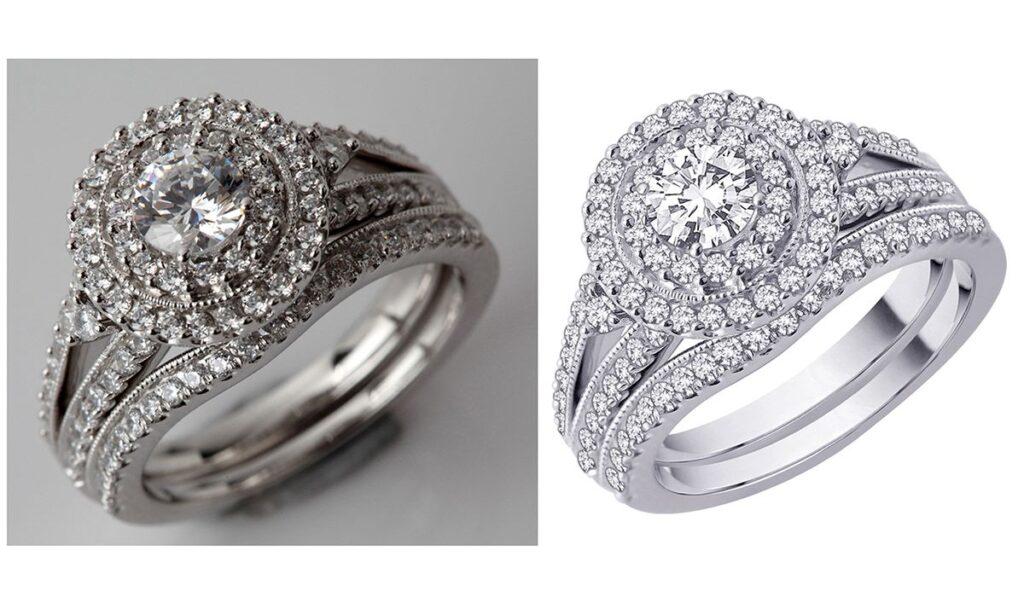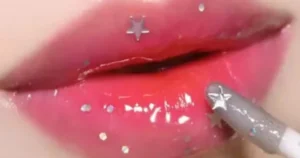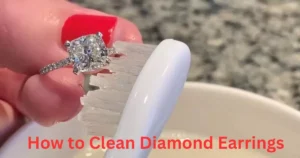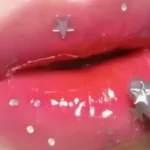Investing in silver jewelry can be a significant purchase, and it’s crucial to ensure that you’re getting authentic pieces. Silver is a precious metal, and counterfeit or impure silver can be worthless. One of the quickest and easiest ways to test the authenticity of silver is by using a lighter. In this blog post, we’ll explore the reasons for testing silver, various methods to determine its authenticity, and the benefits of having your jewelry professionally evaluated.
Why Do You Need to Test Silver to Find Out if It’s Real?
Silver is a valuable and sought-after metal, making it a prime target for counterfeiters and unscrupulous sellers. Purchasing fake or impure silver can lead to significant financial losses, and the pieces may not hold their value over time. Testing silver ensures that you’re getting what you paid for and helps protect your investment.
13 Tests to Tell if Silver is Real or Not
There are several methods you can use to test the authenticity of your silver jewelry, ranging from simple at-home tests to professional evaluations. Let’s explore each method in detail.
Hallmarks or Stamps of Authenticity
Genuine silver jewelry is often marked with hallmarks or stamps indicating its purity and origin. These markings can be found on the inside of rings, the back of pendants, or the clasp of necklaces and bracelets. Common hallmarks include:
Touch the jewelry with a magnet
Silver is a non-magnetic metal, so if your piece strongly attracts a magnet, it’s likely not pure silver. However, keep in mind that some jewelry may contain other non-magnetic metals, so this test should be used in conjunction with other methods.
Testing With an Ice Cube
Place an ice cube on your silver item for a few seconds. If the surface develops a slight water condensation outline, it’s likely genuine silver. This is because silver is an excellent heat conductor, causing the ice to melt slightly faster on the silver surface.
Wipe Clean With a Cloth
Rub your silver piece with a clean, soft cloth. Genuine silver should have a slight tarnish that can be removed by polishing, while fake silver will remain dull and scratched.
Using an Acid Test
This test involves applying a small amount of acid (usually nitric acid) to an inconspicuous area of your silver item. If the metal is genuine silver, it will not react with the acid. However, if it’s a different metal or an alloy, it will likely change color or produce a reaction.
Using Bleach to Test
Apply a small amount of household bleach to your silver piece. If it’s genuine in the metal should not react or change color. However, if it’s a different metal or alloy, it may tarnish or discolor.
Check the Color
Genuine silver has a distinctive cool, gray tone with a slightly bluish hue. If your piece appears yellowish or brassy, it may not be pure silver.
Perform a Visual Inspection
Examine your silver closely for any signs of poor craftsmanship, such as uneven surfaces, rough edges, or inconsistent patterns. High-quality silver jewelry should have a smooth, polished finish and consistent designs.
Look for Flaking
Gently bend or flex your silver piece. Genuine silver is a relatively soft metal and should not flake or shed particles. If you notice flaking or cracking, it’s likely not pure silver.
Give it a Sniff Test
Silver has a distinct, slightly metallic scent. If your piece has a strong, unpleasant odor, it may be a sign that it’s not genuine silver or contains other metals.
Using a lighter
One of the quickest and easiest ways to test silver is with a lighter. Hold a lighter flame to the piece and observe the color of the flame. If the flame turns a bright yellow or green, it’s likely not silver. However, if the flame remains blue, it’s a good indication that the metal is genuine silver.
Note: Be cautious when using an open flame and avoid prolonged exposure to the heat, as it can damage or discolor your silver.
Check the Weight
Silver is a dense metal, so genuine silver pieces should feel heavy for their size. If your jewelry feels unusually light, it may not be pure silver or could be hollow.
Make Your Piece Ring
Gently tap your silver piece against a hard surface. Genuine silver should produce a distinct, ringing sound, while fake silver will have a duller, more muted tone.
Getting Your Jewelry Tested by a Professional

While at-home tests can provide valuable insights, the most accurate way to determine the authenticity of your silver is by having it professionally evaluated. Earrings After an Ear Piercing Jewelers and precious metal dealers have specialized equipment and expertise to accurately assess the purity and composition of your silver pieces.
Benefits of Testing Your Silver Jewelry
Testing your silver jewelry offers several benefits:
- Ensures authenticity: Verifying that your pieces are genuine silver protects your investment and ensures you’re getting what you paid for.
- Determines value: Knowing the purity of your silver helps establish its accurate value, which can be important for insurance purposes or if you plan to sell the pieces in the future.
- Prevents counterfeit purchases: Testing silver before purchasing can help you avoid falling victim to counterfeit or misrepresented items.
- Preserves heirlooms: If you have inherited silver jewelry, testing can confirm its authenticity and ensure these treasured pieces are properly valued and preserved.
What is the quick test for silver?
One of the quickest tests for silver is the magnet test. Silver is a non-magnetic metal, so if your piece strongly attracts a magnet, it’s likely not pure silver. However, this test should be used in conjunction with other methods for more accurate results.
What is the best way to tell if silver is real?
While there are several at-home tests you can perform, the most reliable way to determine if silver is real is by having it professionally evaluated by a jeweler or precious metal dealer. They have specialized equipment and expertise to accurately assess the purity and composition of your silver pieces.
What is the vinegar test for silver?
The vinegar test is a simple way to test silver at home. Mix equal parts white vinegar and water, and submerge your silver piece in the solution for a few minutes. If the metal is genuine silver, it should not react or change color. However, if it’s a different metal or alloy, it may tarnish or discolor.
FAQs
You can perform simple tests like the magnet test, ice cube test, or using a lighter flame.
Observe how the silver reacts to these tests compared to known genuine silver.
A green flame typically indicates the presence of copper, suggesting the item is not pure silver.
Yes, the vinegar test is a common at-home method for testing silver’s authenticity.
Submerge the item in a vinegar solution; genuine silver should not react or change color.
Conclusion
Ensuring the authenticity of your silver jewelry is crucial to protect your investment and prevent financial losses. While at-home tests like using a lighter, magnets, or acid tests can provide valuable insights, having your pieces professionally evaluated by a jeweler or precious metal dealer is the most accurate way to determine their purity and composition. By taking the time to test your silver, you can enjoy your precious pieces with confidence, knowing that they are genuine and hold their true value.

As a seasoned fashion enthusiast with over 6 years of hands-on experience, I’m dedicated to sharing my expertise and passion for all things hair and earrings.











